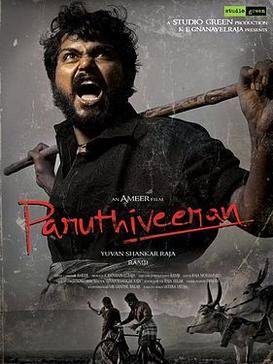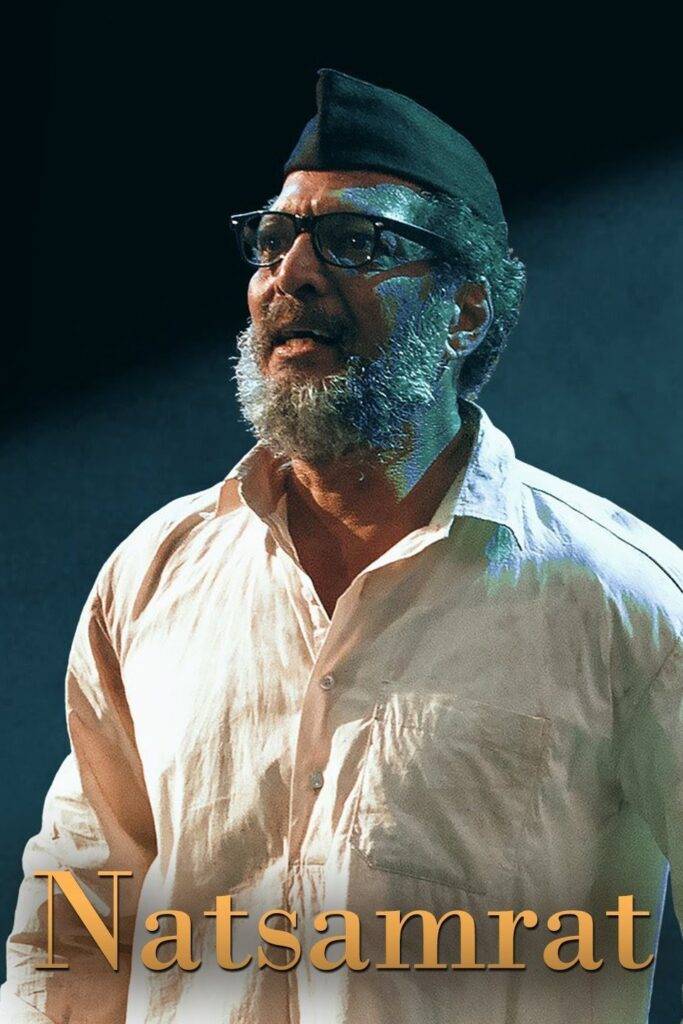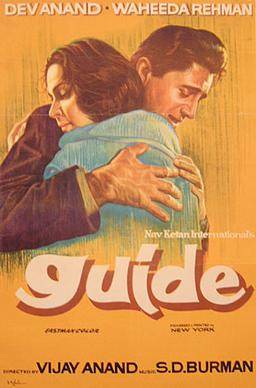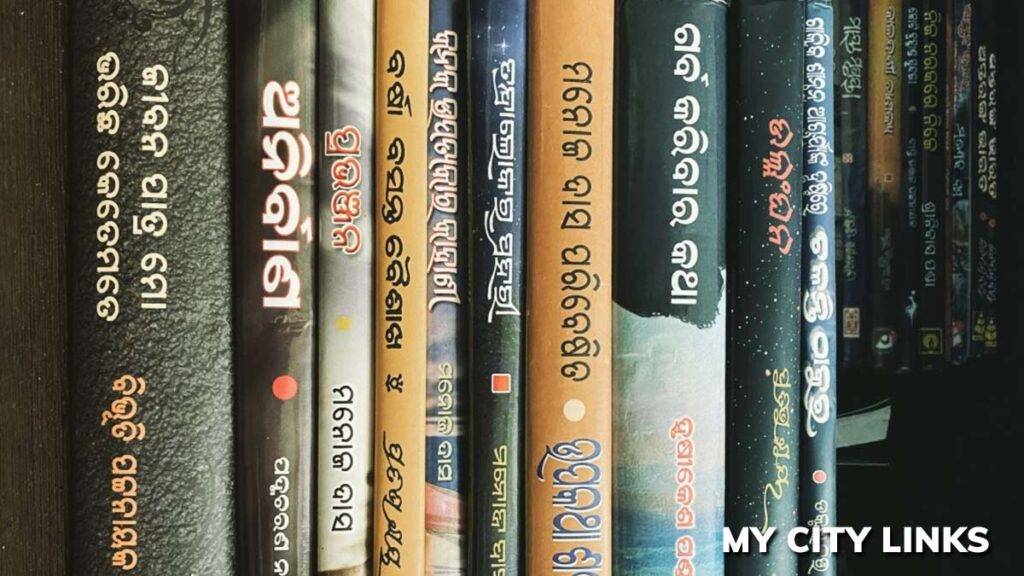In the ever-evolving landscape of cinema, where trends come and go, there’s something extraordinary about timeless stories that transcend eras. Enter Fakir Mohan Senapati, a literary luminary of Odia literature, whose novels and short stories, despite being over a century old, possess an uncanny ability to resonate with contemporary audiences. Harnessing the power of his narratives through film or series adaptations could be the long-awaited rejuvenation that the Odia film industry needs.

A Century of Relevance: FMS’s Unfading Charm
Fakir Mohan’s literary creations delve deep into the intricacies of human nature, societal norms, and cultural ethos. These themes remain as relevant today as they were during his time. The emotions, struggles, and moral dilemmas his characters face continue to strike a chord with modern viewers. Take, for instance, his short story “Rebati,” which weaves a tale of women’s empowerment and the fight for education. In an era when gender equality is more crucial than ever, “Rebati” offers a narrative that resonates with contemporary discussions on women’s rights.
Reviving Originality: From Regional Literature to Cinematic Excellence
Amid the wave of remakes that often saturate the film industry, turning to regional literature for inspiration presents a unique opportunity for filmmakers. The Odia film industry, in particular, could greatly benefit from this approach. Adapting Senapati’s literary gems, rather than merely remaking existing films, brings forth a fresh perspective, rich cultural authenticity, and originality. Such adaptations allow for a unique blend of tradition and modernity, setting the stage for a distinctive cinematic experience.
Learning From The Past
The synergy between literature and cinema is a time-honored tradition that has shaped the Indian film industry for decades. The process of transforming beloved literary works into captivating visual experiences on the silver screen has led to some of the most memorable and impactful films in Indian cinema history.In Hindi cinema, the Bollywood industry, renowned for its larger-than-life storytelling, has seamlessly blended literature with the cinematic art. Films like “Devdas” (2002), based on Sarat Chandra Chattopadhyay’s classic novel,and “The Guide” based on R K Narayan captured the tragic tale of love and societal norms, resonating with audiences across generations. Similarly, ” Joi Baba Felunath ” , one of the most popular movies in Bengali cinema traced its root from literary works of Satyajit Ray. Regional cinema has also embraced literary adaptations with fervor, connecting deeply with local audiences. In Tamil cinema, “Paruthiveeran” (2007) brought to life the tragic love story inspired by Tamil author R. K. Nagarajan’s novel. The film’s raw intensity and authentic portrayal of rural life made it a standout hit. On the other hand, Marathi cinema witnessed the magic of “Natsamrat” (2016), an adaptation of V. V. Shirwadkar’s play, which featured a powerhouse performance by Nana Patekar and touched hearts with its poignant exploration of an aging artist’s life.





Exploring Untapped Treasures: Other Odia Writers on the Silver Screen
The treasure trove of Odia literature extends beyond Senapati’s works. Other Odia writers have penned stories rich in cultural nuances, compelling characters, and thought-provoking narratives that are ripe for adaptation. Writers like Gopinath Mohanty, Manoj Das, and Surendra Mohanty have contributed to the literary landscape with their distinctive voices. Their stories could be brought to life on the big screen, captivating audiences with tales deeply rooted in the Odia ethos.

The relevance of literature, despite the passage of a century, speaks to the universality of human experiences and emotions. By embracing regional literature and creating adaptations that resonate with contemporary issues, the Odia film industry can carve a unique niche for itself. “Kantara” serves as a beacon of success in this regard, illustrating the potential for cross-cultural and cross-lingual appeal. As the industry looks toward the future, the untapped treasures of other Odia writers’ works stand ready to enrich the cinematic landscape, fostering a creative renaissance that honors tradition while embracing innovation.











